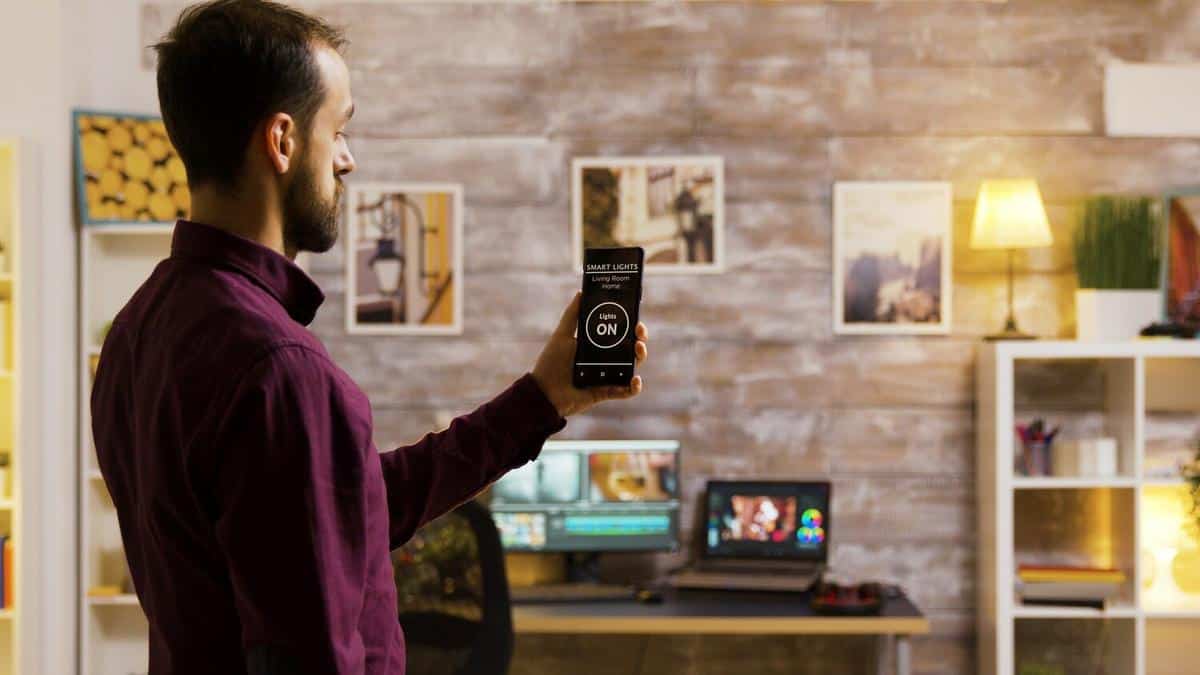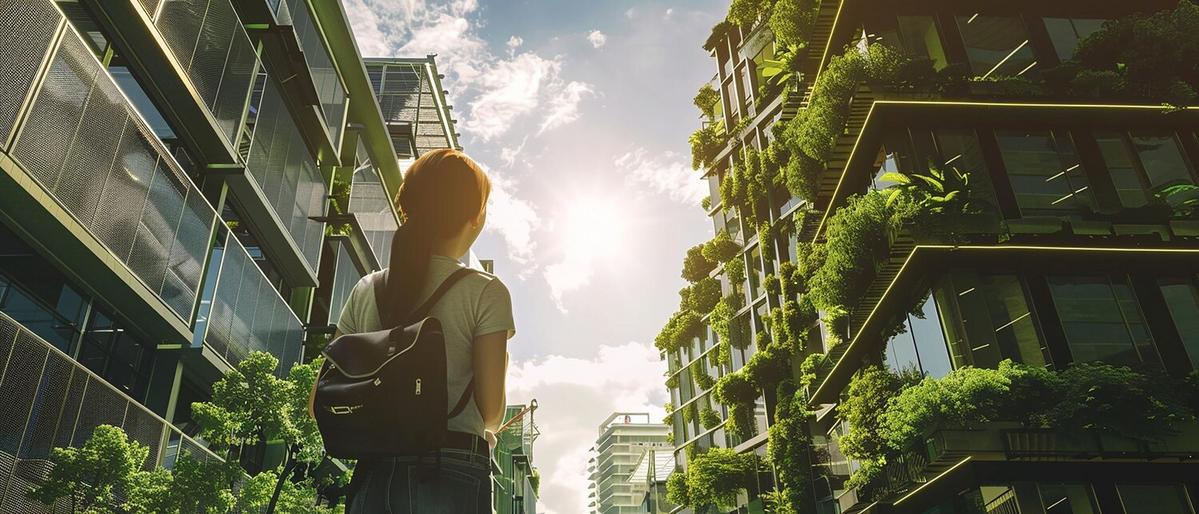
Top Smart Home Devices Every Homeowner Should Consider
The evolution of technology within our homes has transformed the way we live, making everyday tasks more convenient and efficient. As smart home devices become increasingly popular, homeowners are presented with a myriad of options to enhance security, comfort, and energy efficiency. Here, we delve into some of the top smart home devices that should be on every homeowner’s radar.
Smart homes are no longer a distant dream; they are a present-day reality that many homeowners are embracing. From enhancing security to optimizing energy consumption, smart home devices offer numerous benefits. According to a survey by Statista, the global smart home market is projected to reach over $53 billion by 2022, emphasizing the growing adoption of these technologies.
Smart Home Security Devices
One of the primary concerns for homeowners is security. Smart security systems provide peace of mind with features like live video streaming, motion detection, and remote access. A study published by Consumer Technology Association states that smart security systems can reduce burglary risk by up to 60%.
Smart Cameras and Doorbells
Smart cameras and doorbells allow homeowners to monitor their property in real-time from anywhere. With features such as two-way communication and night vision, these devices are essential for home security.
Smart Locks
Smart locks offer keyless entry, providing convenience and enhanced security. They can be controlled via smartphone, allowing homeowners to lock or unlock their doors remotely.
Energy-Efficient Smart Devices
Smart home devices can significantly reduce energy consumption, thus lowering utility bills. According to the U.S. Department of Energy, smart thermostats alone can save homeowners up to 10% on heating and cooling costs.
Smart Thermostats
These devices learn your schedule and adjust temperatures accordingly, optimizing energy use. They can also be controlled remotely, ensuring comfort without wasteful energy use.
Smart Lighting
Smart lighting systems offer energy efficiency by allowing users to control lights remotely and set schedules. Motion sensors can automatically turn off lights when a room is unoccupied.
Convenience and Entertainment
Smart speakers and hubs have become household staples, offering voice-controlled assistance and integration with other smart devices.
Smart Speakers
With voice-activated technology, smart speakers can play music, provide weather updates, and control other smart devices. They serve as the central hub for many smart home systems.
Smart Appliances
From smart refrigerators to washing machines, these appliances offer convenience through features like remote operation and diagnostic alerts.
Comparison Table of Smart Home Devices
| Device | Function | Benefits |
|---|---|---|
| Smart Camera | Security | Remote monitoring, motion detection |
| Smart Doorbell | Security | Video streaming, two-way communication |
| Smart Lock | Security | Keyless entry, remote access |
| Smart Thermostat | Energy Efficiency | Schedule learning, remote control |
| Smart Light | Energy Efficiency | Remote control, motion sensors |
| Smart Speaker | Convenience | Voice control, integration with other devices |
| Smart Refrigerator | Convenience | Remote operation, diagnostic alerts |
| Smart Washing Machine | Convenience | Remote operation, efficiency alerts |
FAQs
What are the benefits of smart home devices?
Smart home devices offer enhanced security, energy efficiency, and convenience, making it easier to manage daily tasks.
Are smart home devices worth the investment?
Yes, they can lead to cost savings on utilities and provide peace of mind through improved security features.
Can smart home devices work together?
Many devices can be integrated and controlled through a central hub or smart assistant, improving efficiency and ease of use.
Conclusion
As technology continues to advance, the integration of smart home devices becomes increasingly advantageous for homeowners. By adopting these technologies, individuals can enjoy a more secure, efficient, and convenient living environment. Consider exploring the various options available and choose the devices that best suit your lifestyle and needs.


